谈到给孩子哪一种教育模式,想必每一位家长都操碎了心。看着满大街的双语早教,双语幼儿园,双语学校,很多家庭都会疑惑,到底双语教育是什么?我要不要给我的孩子也上双语学校呢?
今天,就让我们同诺德安达教育集团的中国区教育总监——何维佶女士,一起了解双语教育。


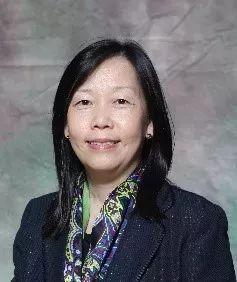
何维佶
诺德安达教育集团中国区教育总监
何维佶女士于2017年加入诺德安达教育集团,任中国区教育总监。在加入我们之前,何维佶女士在上海耀中国际学校担任了长达8年的校长。此后,她出任耀中国际教育组织的负责人,管理中国大陆、香港和美国硅谷的耀中国际学校(国际学校)和耀华国际教育学校(双语学校),为校长提供指导和监督,使其在学校的运作和教育上都能达到并维持高标准。
“双语教育一般是指在教育过程中,有计划、有系统地使用两种语言作为教学媒介语,通过学科学习来达到掌握第二语言的目的。”
双语教学不是简单地在母语学习上叠加第二语言的学习,而是在深耕母语的基础上,从听说读写各方面培养学生的第二语言的综合能力,包括交际语言能力以及学术语言能力的发展,培养学生用第二语言思考、解决问题的能力。双语学习使学生不仅能熟练掌握、运用两种语言,而且能理解这两种语言所代表的文化,从而能顺畅地进行跨文化的沟通交流。在双语教学中,第二种语言是教学的语言和手段而不仅仅是教学的内容或科目。
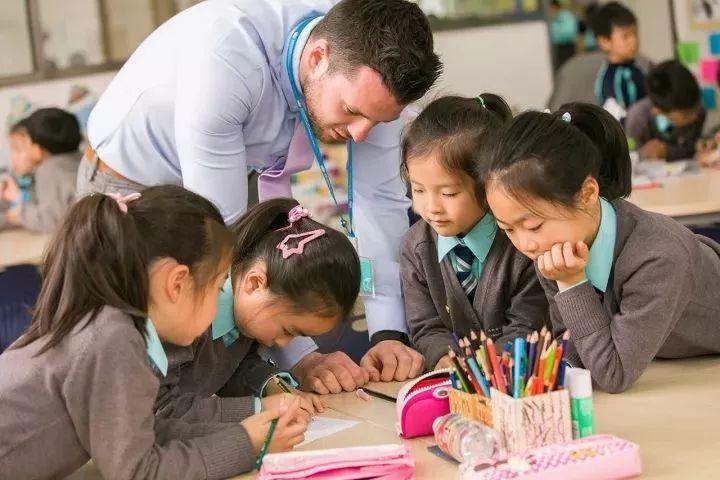
双语教育对于人脑发展的影响一直广受关注。因大脑成像技术的不断进步,神经语言专家得以窥探并证实语言学习对于双语使用者的大脑所产生的影响。最新的研究显示,双语学习者需要花费更多的努力和注意力进行两种语言的转换,这使得前额叶脑区更加活跃,进而强化其机能,从而使双语学习者在解决问题、多任务转换、集中注意力、排除无关信息等方面的能力优于单一语言使用者。双语学习的确有助于大脑的发展,使大脑更加健康、多元和活跃。

随着中国改革开放的不断深入,中国与世界的联系日益紧密,越来越多的家庭意识到双语教育对于孩子当下成长和未来发展的种种益处。诺德安达双语学校顺势而为,应运而生,于2016年在中国开办了第一所双语学校——上海闵行区诺德安达双语学校。学校通过融合东西方教育的精粹,以双语教学的模式来补充、丰富、完善本地课程,并无缝衔接高中的国际课程 (IBDP)。可见,诺德安达双语教育绝不仅仅停留在语言学习的层面,而是利用双语学习的模式,寻求中西文化和课程的融合,使中外教师扬长避短,以双语教育拓展学生思考问题的视角以及思考解决问题的方式,真正做到取两家之长,成一校之功。诺德安达立足于本地,为本地学生提供国际化的基础教育,以国家九年义务教育课程标准为核心,将国家课标中所要求的知识和技能,以先进的主题学习、跨学科学习等创新的教学模式融合性地呈现在日常教学中。在基础型课程中融入拓展和探究的国际课程元素,同时利用丰富的国际教学资源使国家课标所要求的拓展型和探究型课程得到最大程度的落实,并采用CLIL(学科内容与语言融合的教学方式)让学生在沉浸式的语言环境中学习英语,并用英语进行学科学习和研究,为今后的学习深造做好语言基础的铺垫。最重要的是通过这些国际领先的教学模式从小学一年级开始一以贯之地激发学生的学习内驱力,并致力于培养学生获得面向未来的核心技能、品格、国际视野以及深刻的自我认知和文化身份认同。同时,我们也与世界著名的麻省理工学院和茱莉亚音乐学院合作,并参与联合国儿童基金会的活动,使我们的学生从小就有机会站在巨人的肩头学习探究思考,立鸿鹄之志。
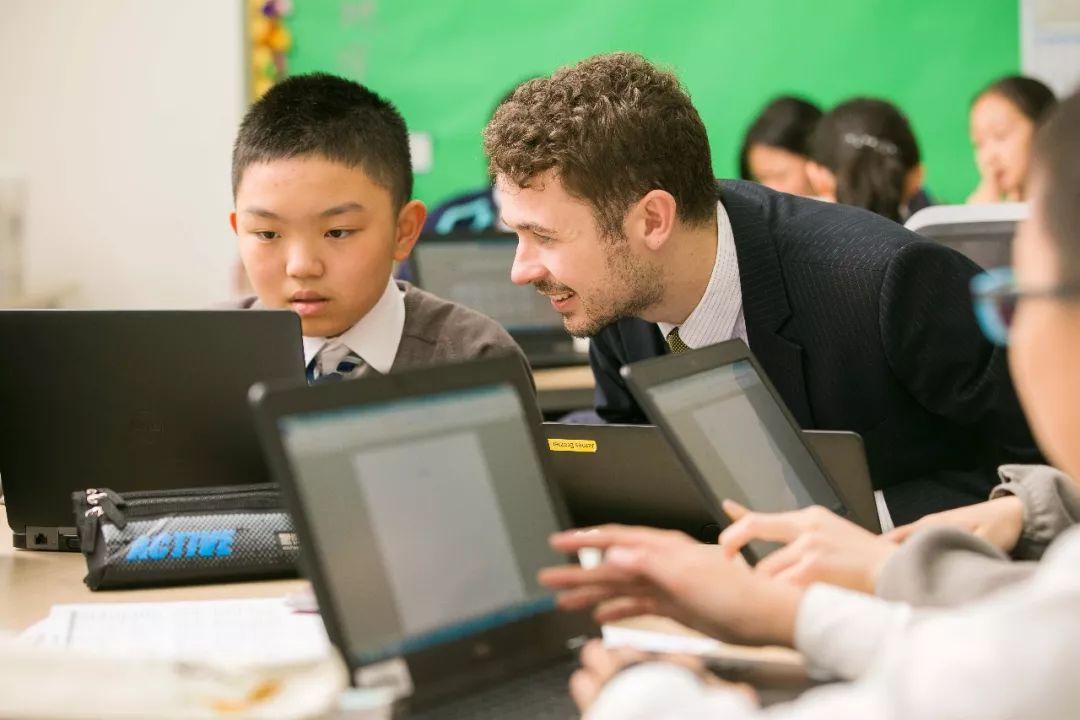
作为诺德安达双语教育的成果,当我们的学生走出校门,迎接未来的时候,尽管他们各不相同,但应该都具备了在未来社会获得幸福和成功的核心素养,并志存高远,为世界谋福祉。
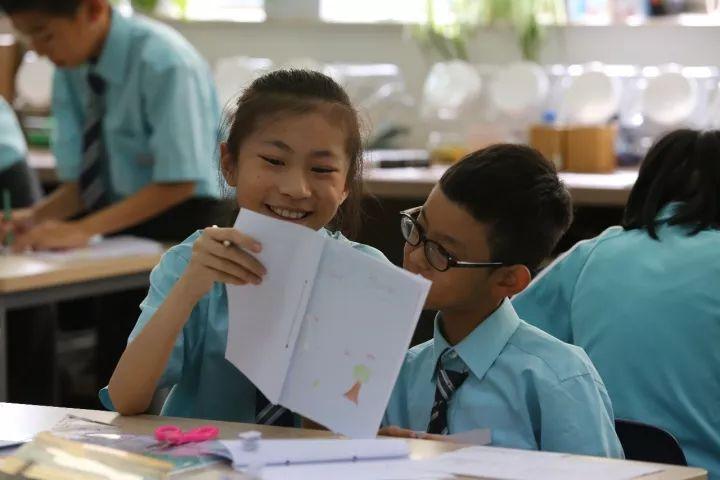


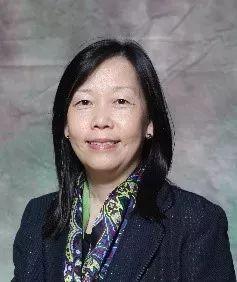
Vicki He
Regional Head of Education
Vicki He joined Nord Anglia China Regional Office as the Regional Head of Education, China Bilingual Schools in 2017. Prior to joining us, after working as Principal for 8 years in Yew Chung International School of Shanghai from 2005-2013, Vicki was the Superintendent of Yew Chung International Education Organization overseeing the schools of YCIS (international schools) and YWIES (bilingual school) in Mainland China, Hong Kong and Silicon Valley. In this role, she provided guidance and supervision to Principals both operationally and educationally in meeting and maintaining high standards in those schools.
Generally speaking, the term “bilingual education” refers to the planned and systematic use of two languages as the media of instruction in the course of teaching. The aim of this approach is for the student to master the second language through curricular learning. Bilingual education is not merely about the additional use of a second language on top of learning in one’s mother tongue. Instead, it is about the cultivating of the student’s ability to use the second language invarious ways (listening, reading, writing) while ensuring sufficient breadth and depth in mother-tongue learning. This includes the development of the student’s ability to interact with others and use academic language in the second language. Such an approach can help nurture the student’s ability to think and problem-solve using the second language. Learning in two languages can help the student master and use two languages. More importantly, the student will be able to better understand the cultures that these two languages stand for and thus be able to engage in intercultural communication smoothly. In bilingual education, the second language is the language and means of teaching rather than merely curricular content.

There has long been much attention paid to the impact of bilingual education on the development of the human brain. Brain imaging technologies have been improving, and neurologists are now able to uncover and confirm the kinds of changes that occur to the brain when the individual undergoes language learning and uses two languages. The latest research suggests that those who learn in two languages need to spend more effort and focus more in order to switch between the two languages. Doing so makes the front lobe of the brain even more active and strengthens its functions. As a result, the student learning in two languages may outperform the student learning in a single language in terms of problem-solving, multi-tasking, focus, and in the elimination of extraneous information, etc. Learning in two languages certainly aids brain development, making the brain healthier, more active, and more adept in more areas.

As reforms continue apace in China, the ties between China and the rest of the world are becoming closer by the day. A growing number of families has come to realize the various advantages bilingual education can have for child development and for the child’s future. Established in 2016, Nord Anglia Chinese International School Shanghai (NACIS Shanghai) built strategic allicance with Nord Anglia Education. NACIS Shanghai has integrated the best of Eastern and Western education as well as enriched and improved upon the local curriculum through the use of the bilingual teaching model. The school’s curriculum is also seamlessly linked to an international program (the International Baccalaureate Diploma Program or the IBDP). Clearly, bilingual education at NACIS Shanghai does not stop at the level of language learning. Instead, with the model of bilingual education the school seeks to integrate the cultures and curricula of East and West so that its Chinese and foreign teachers can give full play to their respective strengths. This way, students’ horizons would be broadened as they learn different ways of problem-solving and reflecting on issues. NACIS Shanghai , a school that is deeply rooted in China, provides local students with basic education with an international flavor. The school seeks to deliver the knowledge and skills stipulated in the national nine-year compulsory curriculum with the integration of innovative teaching approaches(such as thematic learning and interdisciplinary learning) into its day-to-day teaching. The school integrates curricular elements of extension and inquiry into the basic curriculum, and at the same time, makes uses of a host of international teaching resources to maximize the implementation of the extension and inquiry-based courses required in the national curriculum. The use of CLIL (content and language integrated learning) allows students to learn English in an immersive language environment and to conduct academic study and research in English, thus laying the foundation for future language learning. Most importantly, the school seeks to cultivate students’ drive to learn from the first grade on through the deployment of these internationally-leading teaching models. NACIS Shanghai is committed to the cultivation of students’ core skills, character, international perspective and deep self-awareness and cultural identity, all of which will stand them in good stead for the future. At the same time, NACIS Shanghai is partnering with world-class schools such as the Massachusetts Institute of Technology (MIT) and the Juilliard School and also participates in UNICEF activities so that our students can have the opportunity to stand on the shoulders of giants and develop their aspirations.
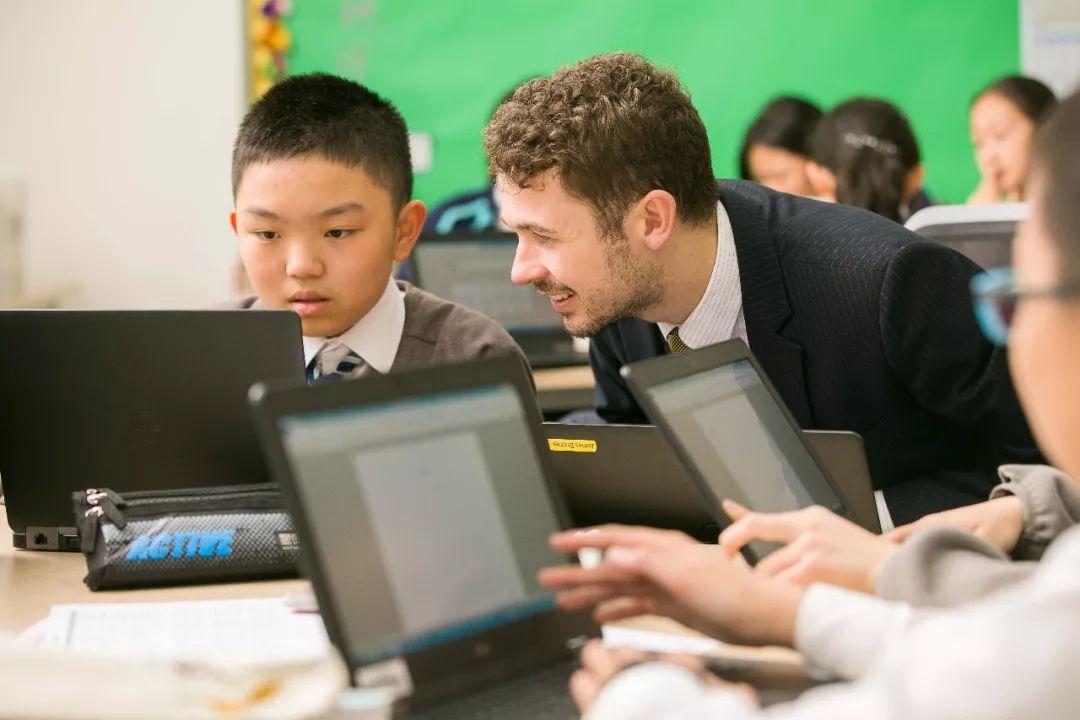
As our students eventually walk out of NACIS Shanghai’s gates towards their respective futures, as individually different as they are, they will be able to advance towards their ambitions and work for the benefit of the world with the core skills for future happiness and success.
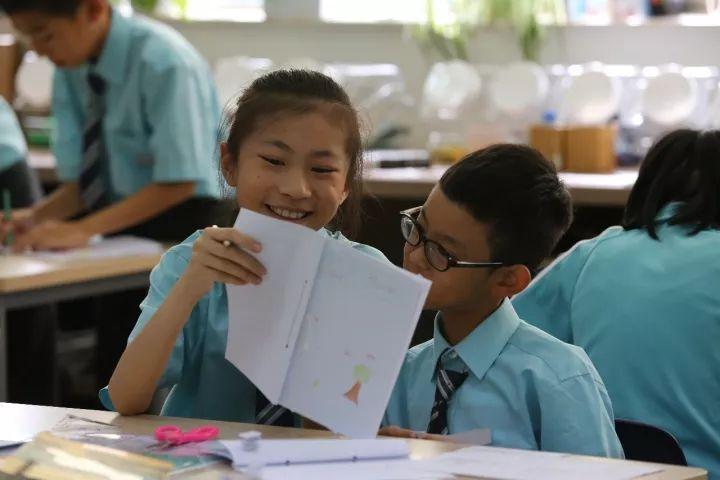










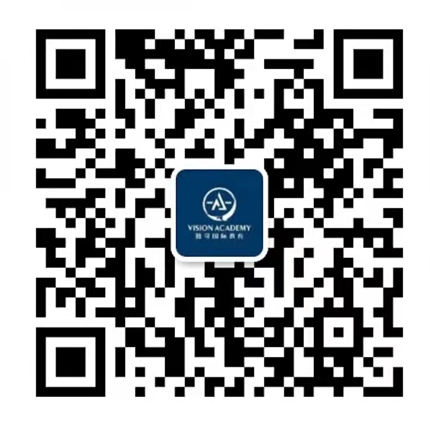
 沪公网安备 31010502004453号
沪公网安备 31010502004453号





 成功提交后我们将尽快与您联系,请注意来电!
成功提交后我们将尽快与您联系,请注意来电!


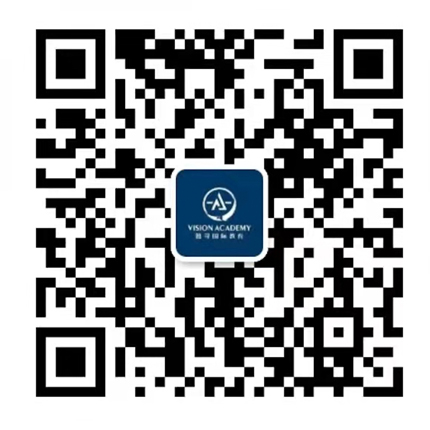




 成功提交后我们将尽快与您联系,请注意来电!
成功提交后我们将尽快与您联系,请注意来电!


